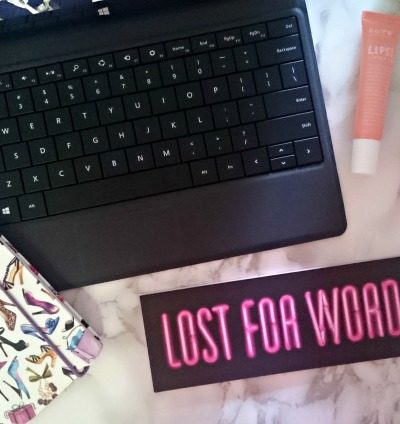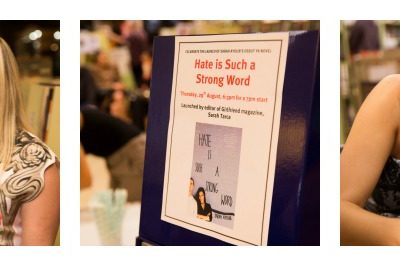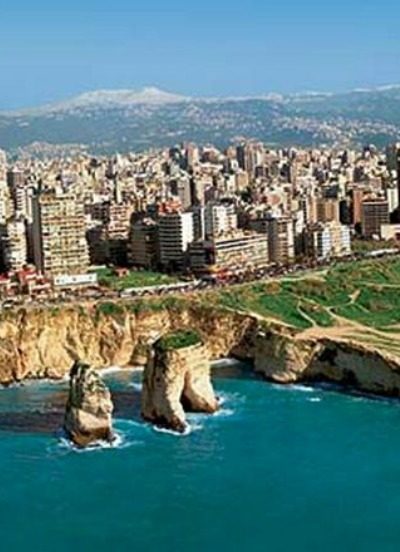I loved Julian Leatherdale’s debut novel, Palace of Tears. I had read it after recently returning from a surprise birthday weekend away in the Blue Mountains, where my husband had taken me to the art-deco hotel that inspired the novel (I loved it so much that I returned a second time with a friend). Some months ago, I spotted Julian’s new book, The Opal Dragonfly (out now via Allen & Unwin), on the shelves, and didn’t need to second guess before I picked it up and made a purchase. I love Julian’s meticulous attention to detail, his obvious research and the inspiration he draws from the landscapes and settings of this great country, its historical figures and its complex history. His books, though great works of fiction, carry with them an insight into the past that really captures my heart. I have a keen interest for fiction set in the 19th and 20th century, so I had a few questions I was desperate to ask him before I even finished the novel, and Julian was kind enough to oblige. Australian history comes alive with a sort of gothic element to it in the pages of The Opal Dragonfly, and main character Isobel is a feisty woman with plenty of heart at a time when women had very little going for them. I loved reading her story, and it’s a book I heartily recommend.
I am really enjoying your second book, although given how much you know I loved your first I am not surprised. How hard was it writing the second book, given that you were a little more immersed in the world of the Hydro-Majestic as a former employee?
I am thrilled you are enjoying The Opal Dragonfly as I remember what a wonderful supporter you were of Palace Tears. Just to clarify, I was the PR Manager of a hotel school for some years but not employed by the Hydro Majestic itself. It is true that I was fascinated by the Hydro for a long time and loved writing about the Blue Mountains where I have lived for nearly 30 years.
So yes, it was a challenge in my second book to take on a period and a subject about which I knew very little. It meant a lot more research and time spent immersing myself in the world of the novel including many visits to Elizabeth Bay House and other historic buildings in Sydney (see more below).
And your second novel, as you would know, is always a challenge anyway. You want to give an equally exciting experience to your loyal readers without simply repeating yourself. I think that The Opal Dragonfly has many of the features of the first – a vivid setting and, at times, Gothic atmosphere, strong female characters, unexpected plot twists, little-known history – but still tells a new and surprising story.
Are any of the characters – like the Major or Mr Macleay for example, based on real people?
Yes, quite a few of the cast of characters are either real people (e.g. the Aboriginal girl Ballandella, Mrs Palmer, Robert Cooper, David Scott Mitchell) or based on real people (the artist Charles Probius). I give a detailed description of how I used historical research at the back of the book in a ‘Sources’ section for readers curious to know more.
Mr Macleay is based on Alexander Macleay, Colonial Secretary to Governor Darling. With the largest private insect collection in the world, Macleay drove himself into bankruptcy building the magnificent Elizabeth Bay House, ‘the finest house in the colony’ in the 1830s. His arch-rival (and the father of the novel’s main character, Isobel Macleod) is Major Sir Angus Macleod, based on Sir Thomas Livingstone Mitchell, the Surveyor-General of NSW and a famous explorer.
Both men were brilliant, ambitious, hot-tempered Scotsmen. Mitchell’s most notorious claim to fame for his temper was fighting a pistol duel in 1851 at the age of 60, the dramatic event that opens the novel. He was a compelling figure to write about, especially from the point of view of his daughter Isobel whose uncritical hero-worship of her father is changed as she grows up and learns more about his secret past. My depiction of Isobel’s life as a young woman in the wealthy middle class of 1850s colonial Sydney is drawn from the diaries of Blanche Mitchell, the youngest daughter of Sir Thomas.
It’s set in a period much earlier than your first – was the research any harder or did it actually allow you more liberty when drafting?
That’s a good question. The research was a much steeper learning curve. While it took more work, the research opened up so many wonderful surprises, big and small, that this energised the writing and yes, as you say, freed up my imagination to try new things. I also experimented creatively with tone and language, drawing on contemporary letters, diaries, journals and poetry.
Because life in 19thC Australia was so fraught with danger, death and tragedy, I also felt free to write a very dramatic, gripping story. The losses suffered by the Macleod family are not at all unusual for the time. I hope that Isobel’s brave spirit shines through all the adversity in the end.
What inspired The Opal Dragonfly? Are the houses (like Rosemount or Grangemouth) based on any real properties in Sydney’s Eastern suburbs that still stand today?
A few things came together as inspiration for the novel. I loved Wilkie Collins’ famous story ‘The Moonstone’ (1868), regarded as the first detective novel and featuring a diamond stolen from a Hindu temple. Thinking about an ‘unlucky’ family heirloom as the centerpiece for my novel, my research turned up a superstition popular in the early 19thC about opals as ‘cursed’. I then had the image of an opal dragonfly brooch which Isobel inherits from her dying mother; she cannot let go of this treasured gift despite the fact it brings her terrifying prophetic dreams.
The other major inspiration was Elizabeth Bay House, the basis for my fictional mansion of Rosemount, situated on 54-acres of magnificent gardens and boasting one of the finest 19thC interiors in Australia. The house still stands, one of Sydney Living Museum’s heritage properties, and is well worth a visit https://sydneylivingmuseums.com.au/elizabeth-bay-house . Other properties I visited included Susannah Place in the Rocks and Juniper Hall in Paddington, both settings for scenes in the novel.
Elizabeth Bay House and its huge estate on Sydney Harbour were an irresistible setting but so was the story of all the grand villas built on Woolloomooloo Hill (today’s Darlinghurst, Kings Cross, Potts Point and Elizabeth Bay) for the gentry of Sydney. These included Thomas Mitchell’s Craigend (called Grangemouth in my novel); all that survives of that property is the original stables, today the Stables Theatre, home to the Griffin Theatre Company.
The other major inspiration was Sir Thomas Mitchell himself and his youngest daughter Blanche. The opening chapters sprang from the idea of a gentleman’s pistol duel seen from the point of view of a young woman convinced that her father will be killed. The more I read about Mitchell the more interesting he became. In the novel, Isobel Macleod is left to protect her father’s reputation and secrets, a burden as great as her mother’s mysterious brooch.




 I’m available for school talks, writer’s festivals, writing workshops and other events. Find me
I’m available for school talks, writer’s festivals, writing workshops and other events. Find me 